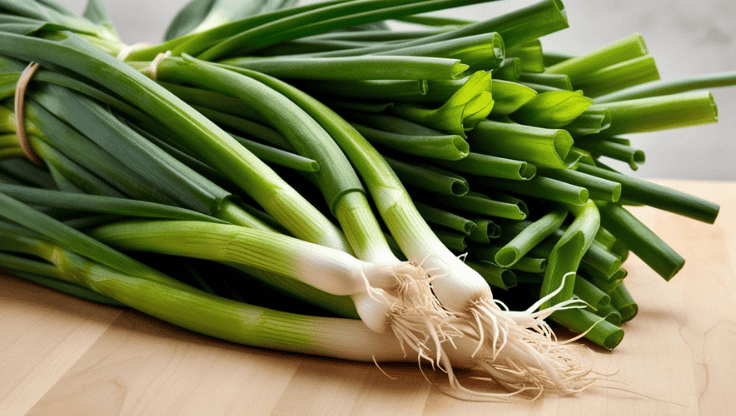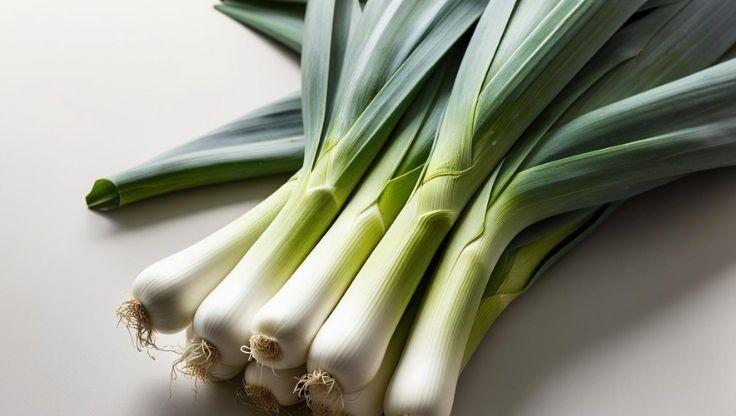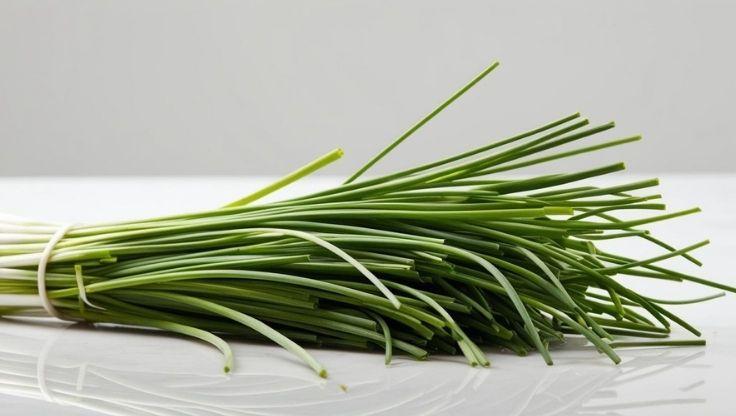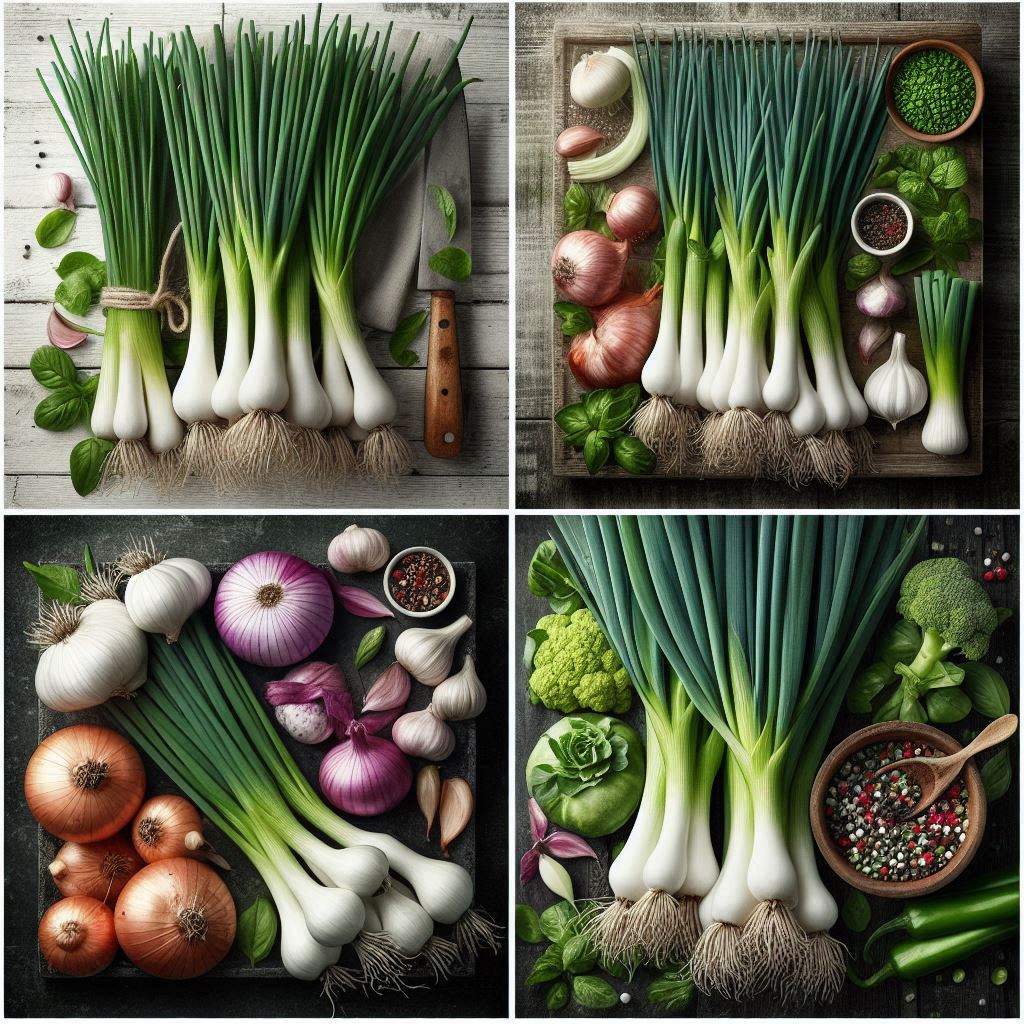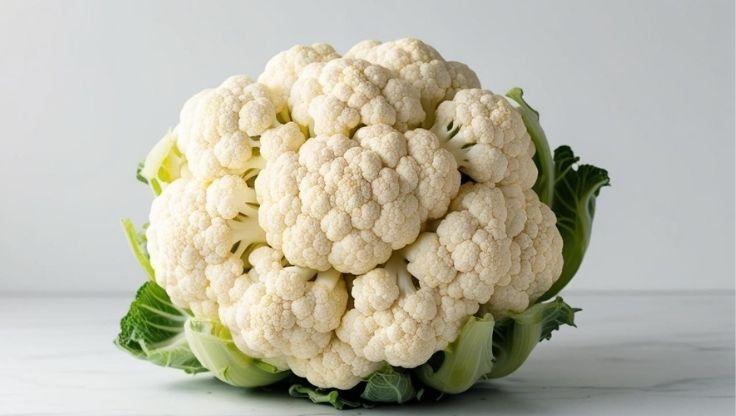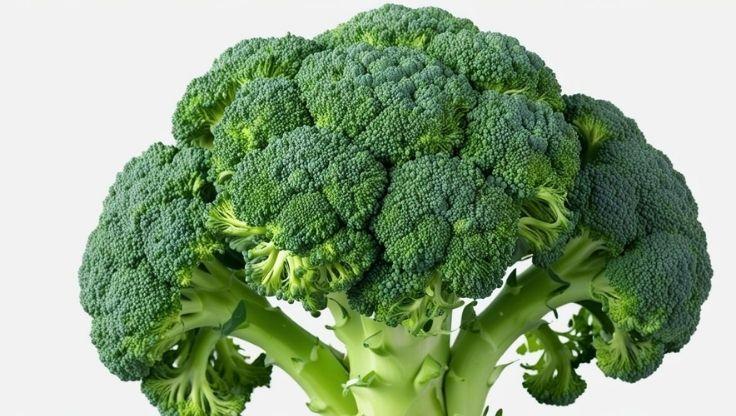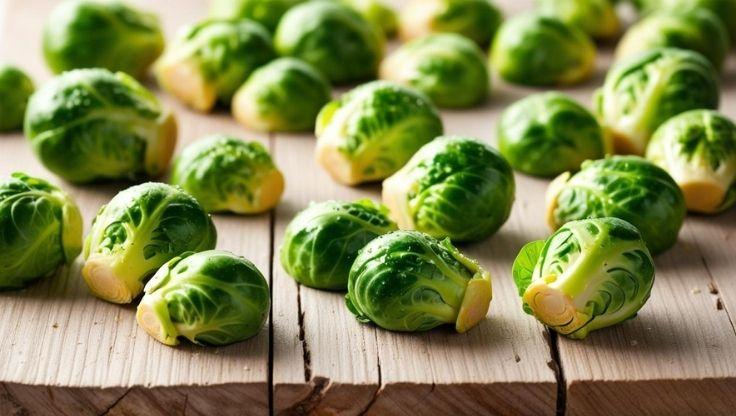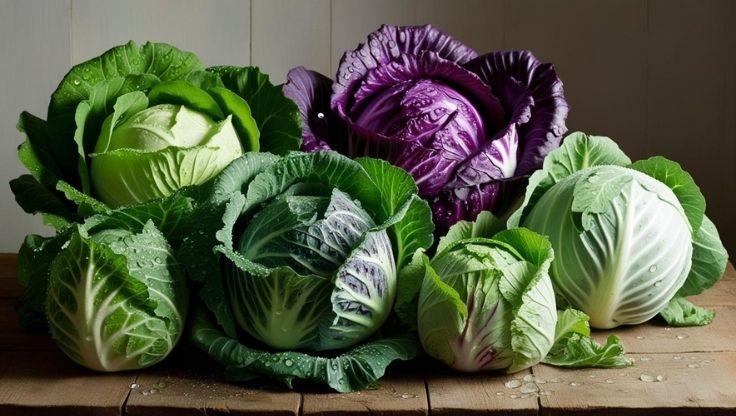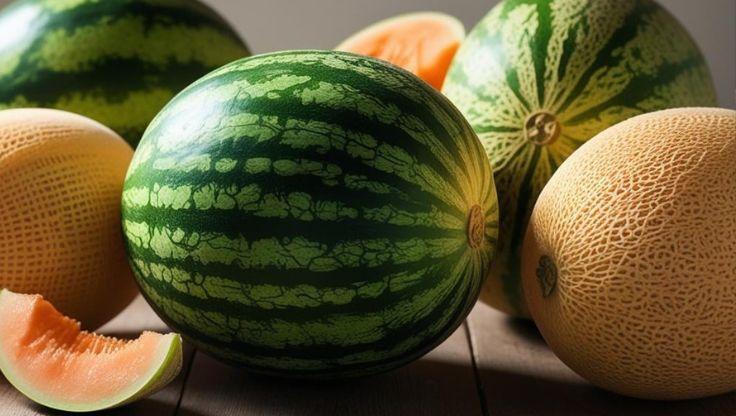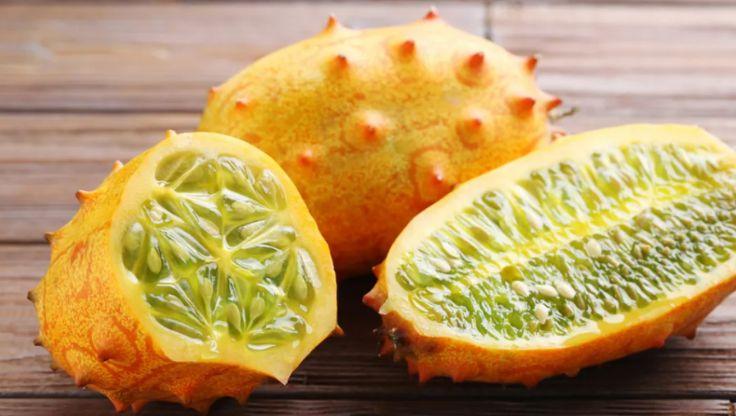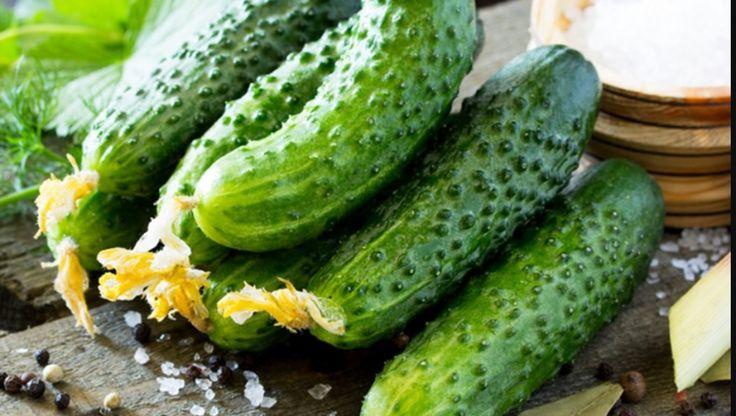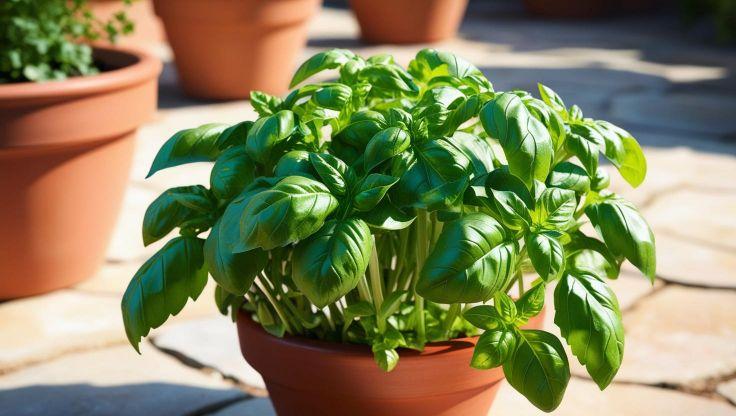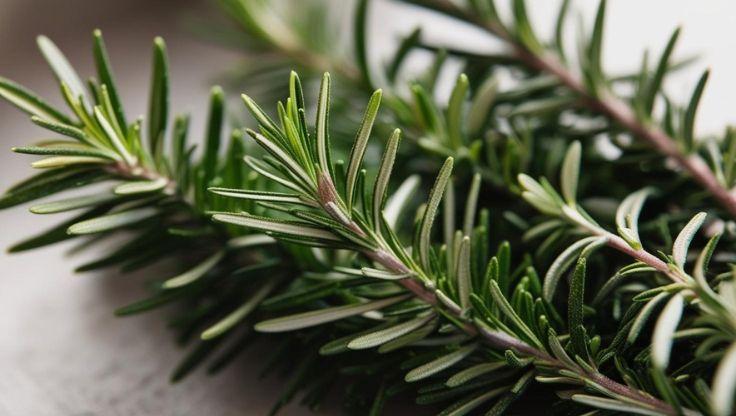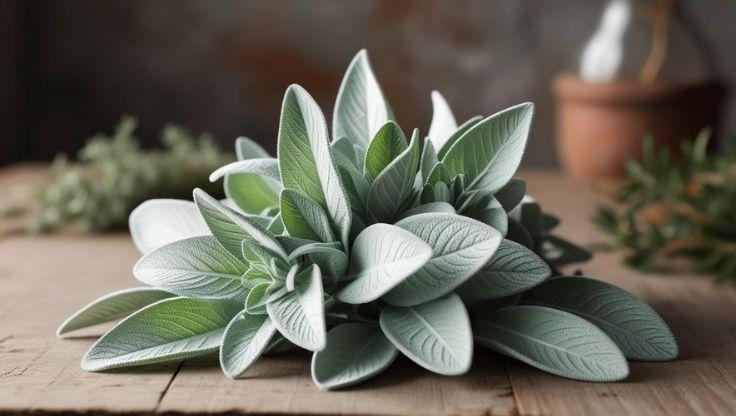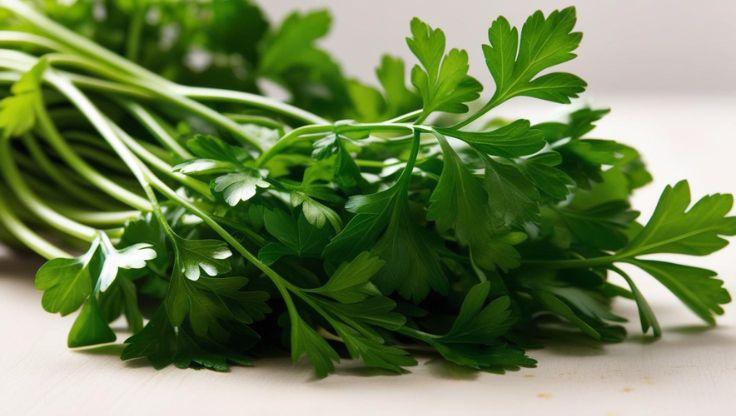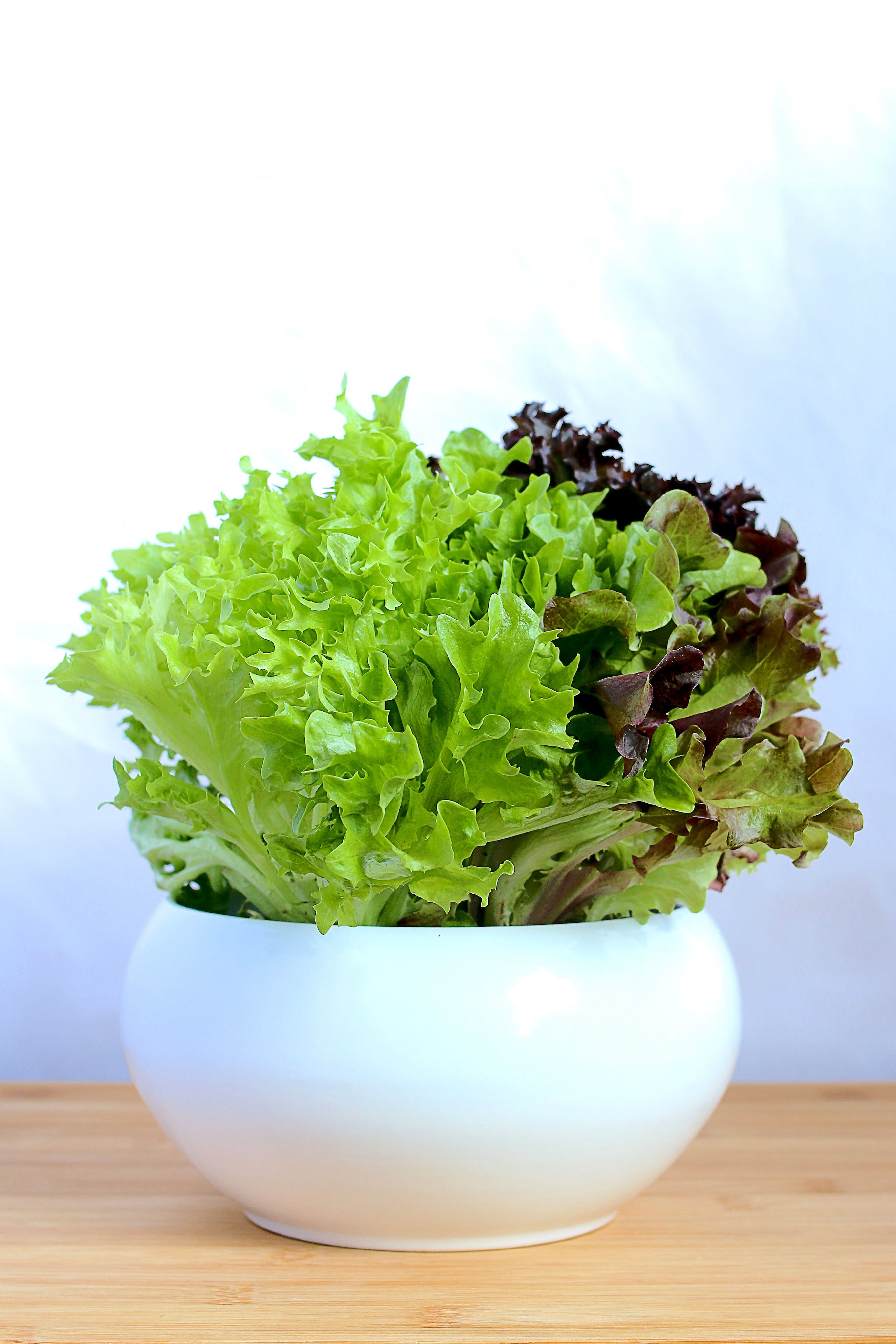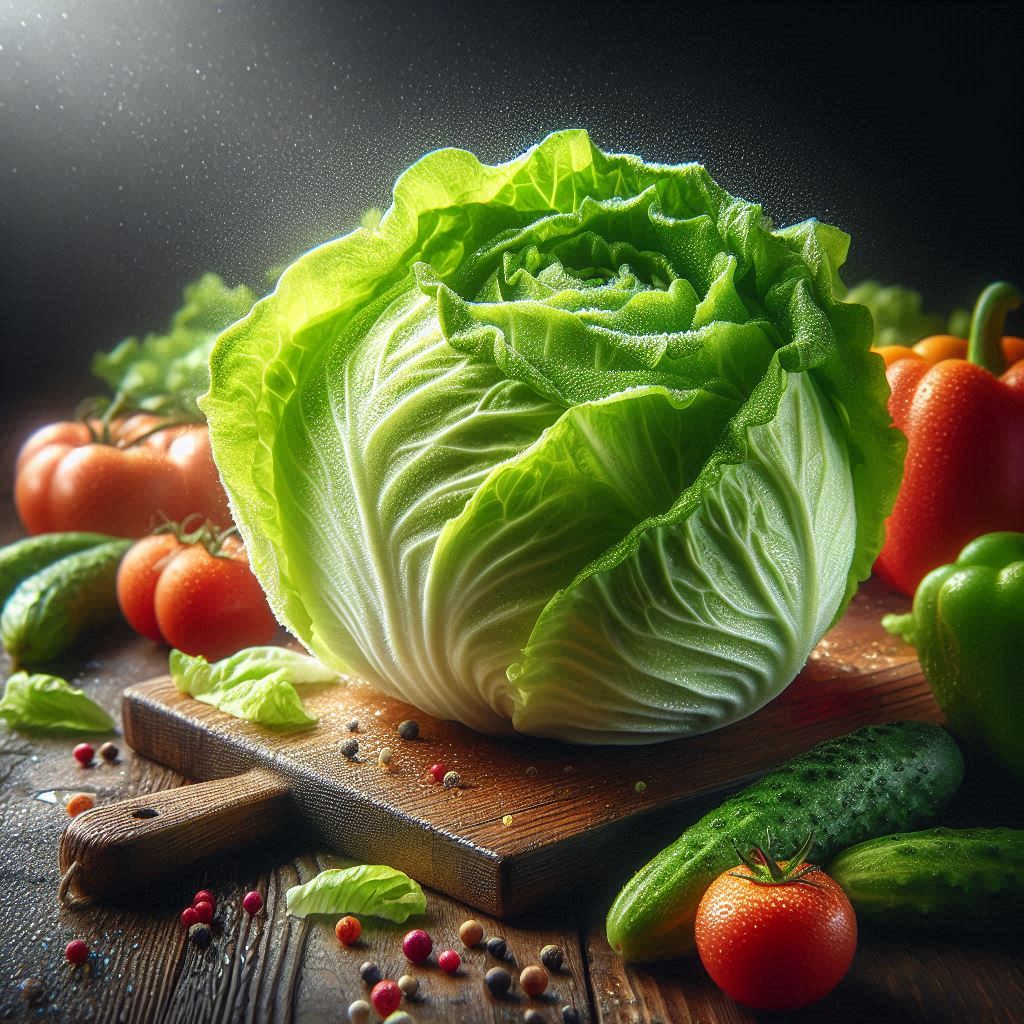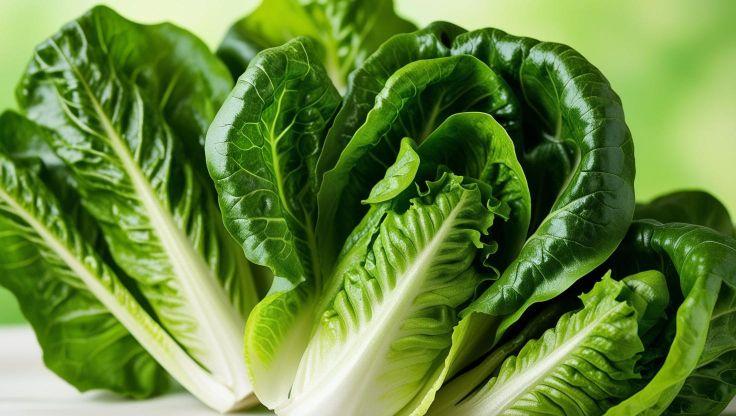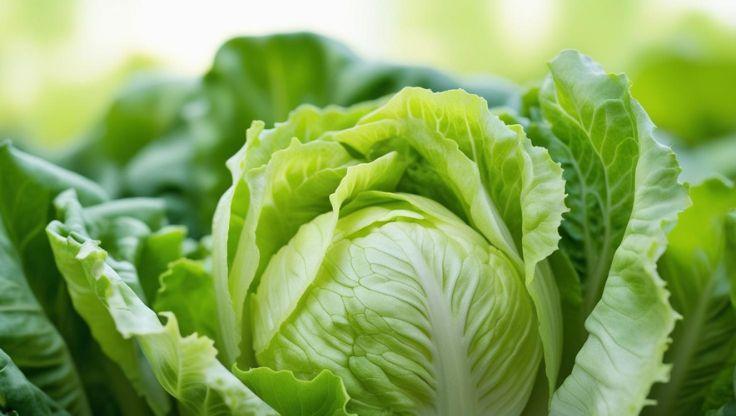Hydroponic Plants: The Ultimate Guide to Growing Brussels Sprouts in a Hydroponic System
Brussels sprouts (Brassica oleracea var. gemmifera), a compact Brassica vegetable, are widely prized for their rich, earthy flavor and nutritional benefits. Originally cultivated in Europe, these miniature cabbage-like buds have gained popularity worldwide. Unlike traditional soil farming, hydroponic plants benefit from controlled environments, ensuring superior nutrient absorption, accelerated growth, and improved yield quality. The hydroponic system eliminates soil-related challenges while optimizing resource efficiency in sustainable cultivation.

Hydroponic Growing Conditions for Brussels Sprouts
Hydroponic cultivation offers a controlled environment for hydroponic plants, including Brussels sprouts, ensuring optimal growth and yield. By precisely managing pH, electrical conductivity (EC), light exposure, temperature, and humidity, growers can cultivate high-quality sprouts efficiently.
Optimal pH and EC Levels
Maintaining the correct pH and EC levels is essential for nutrient absorption and plant health.
- pH: Keep the nutrient solution between 6.0–6.5 to facilitate efficient uptake of essential minerals.
- EC: Maintain levels between 1.8–2.5 mS/cm to ensure a balanced nutrient supply, supporting steady growth and bud formation.
Light, Temperature, and Humidity Requirements
Brussels sprouts require specific environmental conditions to maximize photosynthesis and prevent stress.
- Light: Provide 12–16 hours of full-spectrum LED exposure daily to optimize growth.
- Temperature: Ideal growth occurs between 10–24°C, ensuring steady development without heat stress.
- Humidity: Maintain levels between 60–70% to support bud formation and reduce the risk of dehydration.
Advanced Considerations for Hydroponic Cultivation
Hydroponic Brussels sprouts benefit from Nutrient Film Technique (NFT) and Deep Water Culture (DWC) systems, which enhance nutrient uptake and reduce water usage by up to 90%. Essential nutrients such as nitrogen (200–250 ppm), potassium (250–300 ppm), and calcium (150–200 ppm) should be carefully administered to support different growth stages.
By optimizing these conditions, growers can achieve higher yields, improved crop quality, and reduced disease risks, making hydroponic cultivation a sustainable and efficient method for producing hydroponic plants like Brussels sprouts
Seed to Harvest Process of Brussels Sprouts in Hydroponic Systems
Brussels sprouts are an excellent choice for hydroponic plants, offering controlled growth conditions that enhance yield, bud uniformity, and nutritional value. Understanding the seed-to-harvest process ensures optimal cultivation and high-quality produce.
Germination and Early Growth
Brussels sprouts germinate efficiently, typically within 7–10 days. To maximize sprouting success, plant 2–3 seeds per hole, ensuring proper spacing for root development. Maintaining a consistent temperature of 18–22°C and adequate moisture levels accelerates germination. Hydroponic systems provide an advantage by eliminating soil-borne diseases and optimizing nutrient delivery.
Transplanting and Vegetative Growth
Once seedlings develop strong roots and true leaves, they are ready for transplanting, usually 4–6 weeks after germination. Hydroponic cultivation accelerates vegetative growth, allowing plants to reach maturity within 80–100 days. During this phase, maintaining full-spectrum LED lighting for 12–16 hours daily and ensuring EC levels between 1.8–2.5 mS/cm supports robust development.
Bud Formation and Harvesting
Brussels sprouts begin forming buds 5–6 months after planting, growing along the stalk from bottom to top. Hydroponic conditions enhance bud uniformity and nutritional density, producing higher yields compared to traditional soil-based methods. Popular varieties such as Diablo, Jade Cross, and Long Island Improved thrive in hydroponic environments due to their adaptability and disease resistance.
By optimizing hydroponic conditions, growers can achieve consistent, high-quality Brussels sprouts while reducing water usage and minimizing environmental impact. Hydroponic cultivation offers a sustainable and efficient approach to producing hydroponic plants with superior taste and texture.
Sustainability Advantages
A hydroponic system lowers pesticide dependency, conserves water resources, and ensures consistent year-round cultivation.
Uses and Benefits of Brussels Sprouts in Hydroponic Cultivation
Brussels sprouts are a versatile hydroponic plant, widely appreciated for their culinary applications and health benefits. Their nutrient-rich profile and adaptability make them an excellent choice for sustainable farming.
Culinary Applications
Brussels sprouts are a staple in many cuisines, offering a distinct flavor and texture that enhances various dishes.
- Roasted dishes: Caramelizing Brussels sprouts through roasting brings out their natural sweetness and nutty flavor.
- Stir-fries and soups: Their firm texture holds up well in stir-fries and hearty soups, adding depth and nutrition.
- Fresh salads: Thinly sliced Brussels sprouts provide a crunchy, nutrient-dense addition to salads.
- Sauces and dips: Blending them into creamy sauces or dips enhances their versatility while preserving their health benefits.
Health Benefits
Brussels sprouts are packed with essential nutrients that support overall wellness.
- Rich in fiber: A half-cup serving contains 2 grams of fiber, promoting digestive health and regularity.
- High in antioxidants: These compounds help protect cells from oxidative stress, reducing inflammation.
- Supports heart health: Their fiber and antioxidant content contribute to lower cholesterol levels and improved cardiovascular function.
- Boosts immunity: With 53% of the daily value of vitamin C per serving, Brussels sprouts strengthen immune defenses.
Hydroponic Advantages
Growing Brussels sprouts hydroponically enhances their nutritional profile and sustainability.
- Efficient nutrient absorption: Hydroponic systems ensure optimal delivery of essential minerals, improving plant health.
- Water conservation: Compared to soil-based farming, hydroponic cultivation reduces water usage by up to 90%.
- Year-round production: Controlled environments allow for continuous growth cycles, ensuring consistent yields.
By integrating hydroponic plants like Brussels sprouts into modern farming, growers can achieve higher yields, improved nutritional value, and sustainable cultivation practices. Their culinary versatility and health benefits make them a valuable addition to any diet.
Challenges and Solutions in Hydroponic Brussels Sprouts Cultivation
Hydroponic plants, including Brussels sprouts, offer numerous advantages, but they are not immune to challenges. Understanding common pests, diseases, and growth issues is essential for maintaining a healthy and productive crop.
Common Pests & Diseases
Even in soil-free environments, hydroponic Brussels sprouts can be affected by pests and fungal infections. The most frequent threats include:
- Aphids & Whiteflies: These sap-sucking insects weaken plants by draining essential nutrients. Regular monitoring and introducing natural predators like ladybugs can help control infestations.
- Fungal Infections: Powdery mildew and root rot are common concerns in hydroponic systems. Ensuring proper airflow, maintaining humidity levels between 60–70%, and using organic fungicides can prevent outbreaks.
Solutions for Growth Issues
Maintaining optimal conditions is key to preventing growth-related problems in hydroponic Brussels sprouts.
- Nutrient Deficiencies: Adjust macro and micronutrient concentrations based on plant requirements. Essential nutrients such as nitrogen (200–250 ppm), potassium (250–300 ppm), and calcium (150–200 ppm) should be carefully balanced.
- Environmental Stress: Stabilizing temperature between 10–24°C and humidity levels ensures consistent development and prevents premature bolting.
- Root Rot Prevention: Oxygenated nutrient solutions and regular system maintenance reduce the risk of root diseases. Using Deep Water Culture (DWC) or Nutrient Film Technique (NFT) systems enhances oxygenation and nutrient absorption.
By addressing these challenges proactively, growers can optimize hydroponic conditions and achieve higher yields, improved plant health, and sustainable cultivation of Brussels sprouts.
Research for expert insights
Discover expert knowledge and comprehensive information in the following resources.
|
Company/Institution |
Article Title |
Article Link |
|---|---|---|
|
University of Tabriz & Shahed University |
Effect of Se on Yield and Vegetative Characteristics of Brussels Sprouts in Hydroponics |
Their thorough examination sheds light on key details, making them an indispensable guide for expanding knowledge.


